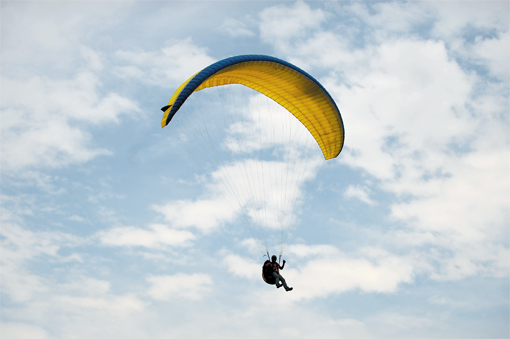In July 2013, athletes from all over the world will gather to compete for gold medals and a chance to make their country proud. This isn’t the Olympics, but the World Games—a quadrennial competition that highlights unconventional sports such as artistic roller skating, canoe polo, sumo wrestling, tug of war, billiards, and parachuting.
This year’s World Games take place in the Colombian city of Cali, known as the “sports capital of the Americas” because it has hosted the Pan American Games (1971), the National Games (2008) and the UCI Track Cycling World Cup (2009). The ninth World Games officially open on July 25 and end on August 4. More than 4,000 athletes are expected to compete.
Founded in 1981, the International World Games Association (IWGA) comprises 33 international sports federations and promotes sports not included in the Olympic Games. While the World Games adhere to all the principles for athletic competition in the Olympic Charter, they have added another: environmental sustainability. The IWGA encourages host countries to use existing sports venues. This means the sports featured at the games vary every four years, depending on the facilities available in each host city.
Aside from three new event spaces, the city has opted to make improvements to existing venues that will hold the 31 scheduled events. Aided by community groups, the IWGA has planted 6,000 trees to offset the carbon footprint generated by the games.
Prestige and a continuing sports legacy are not the only benefits of hosting the World Games. Rodrigo Otoya, president of the Cali Local Organizing Committee, expects nearly 10,000 visitors during the 11-day games. Rather than building an athletes’ village, competitors will stay in area hotels.
Otoya believes the increased tourism in Cali will boost the city’s blooming logistics and commercial sectors. The Pan American Games “transformed [Cali] and allowed a social and economic evolution that provided rapid economic growth,” he says. “The World Games will not be an exception.”






